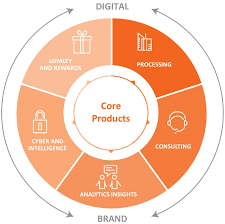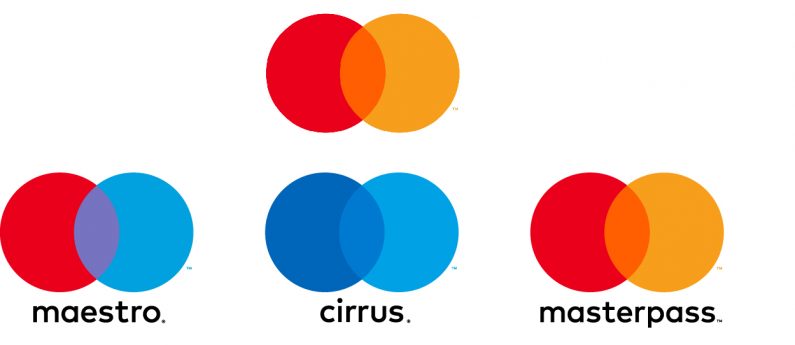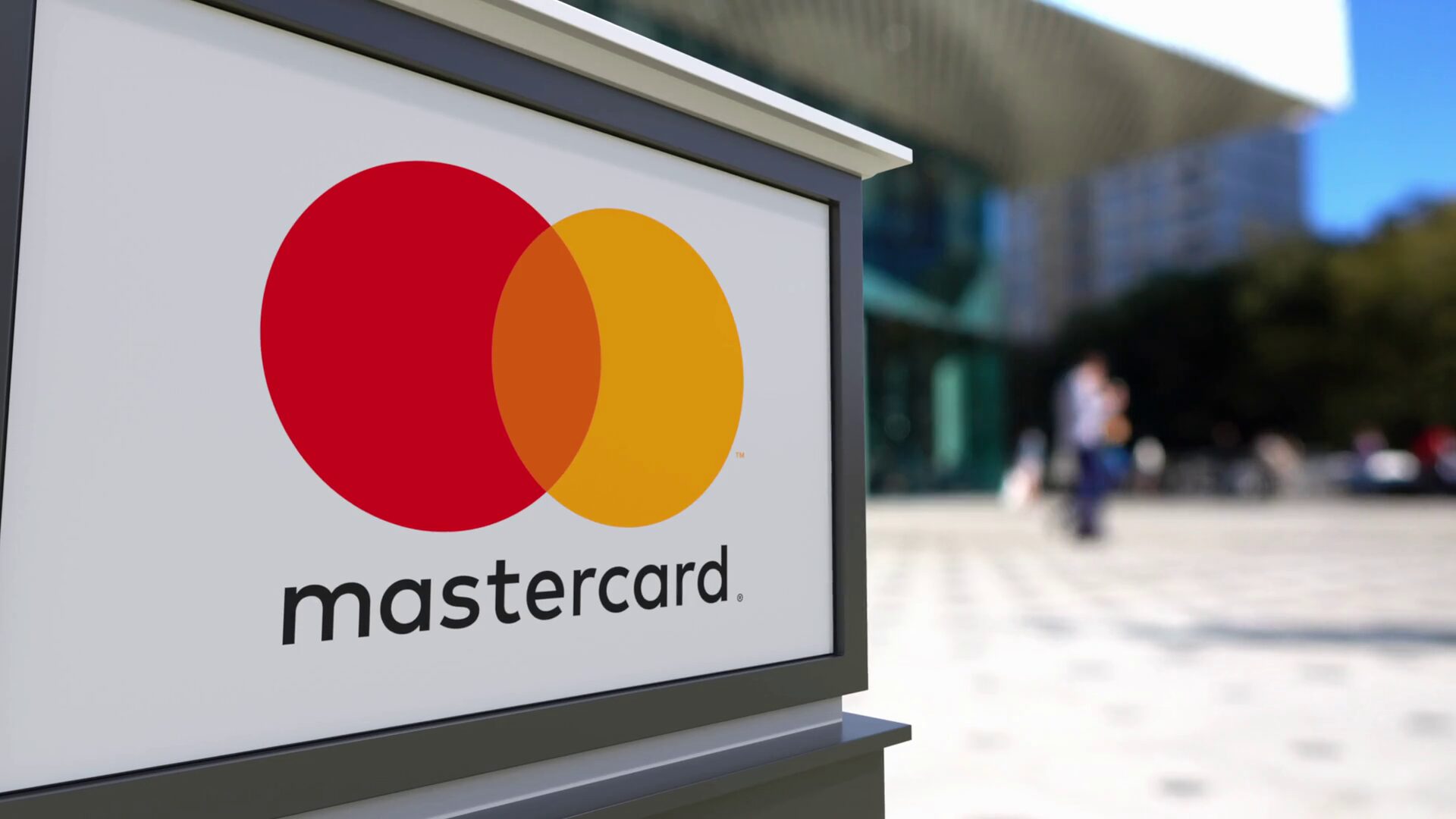Mastercard is a leading global payment technology company that enables fast, secure, and convenient payments. With over 50 years of experience, Mastercard has been at the forefront of the digital payments revolution, continuously innovating and evolving to meet the changing needs of consumers, merchants, and financial institutions.
Mastercard’s extensive portfolio of products and services includes credit cards, debit cards, prepaid cards, commercial payment solutions, and loyalty programs. Its reach extends to more than 210 countries and territories, with a network of over 37 million merchant locations worldwide. This means that customers can use their Mastercard payment methods at a wide variety of merchants, both online and offline, whether they’re shopping locally or traveling abroad.

One of the key factors behind Mastercard’s success is its commitment to innovation and security. The company invests heavily in cutting-edge technologies such as artificial intelligence, biometrics, and blockchain to enhance the safety and convenience of its payment systems. For example, Mastercard was one of the first companies to introduce contactless payments, which allow consumers to make transactions without the need for cash or physical cards. This not only provides greater convenience for customers but also reduces the risk of fraud and increases transaction speed.
In addition to its core payment processing capabilities, Mastercard offers a range of value-added services designed to benefit both consumers and businesses. These include fraud detection and prevention tools, data analytics and reporting platforms, and marketing and loyalty programs aimed at enhancing customer engagement and retention. By providing these services, Mastercard helps businesses to streamline their operations, improve customer satisfaction, and increase revenue.
Overall, Mastercard’s vision is to create a world beyond cash, where everyone can access fast, secure, and convenient payment solutions. With its strong heritage, ongoing investments in innovation, and commitment to sustainability, Mastercard is well positioned to continue shaping the future of commerce and making a positive impact on society.
Marketing Strategies of Mastercard
Mastercard, a global leader in payments, employs a diverse and dynamic marketing strategy to maintain brand recognition, drive card usage, and stay ahead of the curve in the ever-evolving financial landscape. Here’s a closer look at their key strategies:
1. Multi-Brand Approach
Mastercard utilizes a multi-brand approach to navigate the complex and diverse global payments landscape. This strategy involves leveraging a portfolio of brands, each catering to specific segments and fulfilling distinct needs within the payment ecosystem.
The core brand, Mastercard, positions itself as a premium, globally recognized payment solution. It focuses on building brand awareness, trust, and security, targeting a broad spectrum of consumers and businesses. Additionally, Maestro and Cirrus cater to specific regional needs. Maestro is widely accepted in Europe and parts of Asia, while Cirrus focuses on ATM networks primarily in North America. These sub-brands cater to local preferences and regulations, ensuring wider market reach and addressing the specific demands of regional consumers.

This multi-brand approach offers several advantages. It allows Mastercard to tailor its offerings to diverse customer segments, address regional nuances, and navigate specific regulatory environments. Additionally, it enables focused marketing efforts for each brand, maximizing reach and impact within their respective target markets. By strategically leveraging its brand portfolio, Mastercard effectively positions itself as a comprehensive payment solutions provider, catering to a wide range of needs and fostering global acceptance.
2. Building Brand Identity
Mastercard has meticulously crafted a strong brand identity through various marketing strategies, solidifying its position as a leader in the global payments arena.
Iconic Visual Identity: The interlocking red and yellow circles have become synonymous with Mastercard, instantly recognizable across the globe. This simple yet impactful logo conveys connectivity, trust, and security, core values associated with the brand. Additionally, the consistent use of these colors and the logo across all communication channels reinforces brand recognition and creates a unified visual experience for consumers.
Focus on Innovation and Security: Mastercard continually emphasizes its commitment to developing innovative payment solutions that are secure, convenient, and reliable. This focus on cutting-edge technology positions the brand as a leader in the industry, fostering trust and confidence among consumers. Additionally, Mastercard actively promotes its robust security measures, reassuring users about the safety of their financial transactions.
Experiential Marketing: Mastercard goes beyond traditional advertising, engaging consumers through unique and interactive experiences. They collaborate with various partners to create sponsorship activations, reward programs, and loyalty initiatives. These initiatives not only promote brand awareness but also foster positive emotional connections with consumers, strengthening brand loyalty.
By combining these strategies, Mastercard has successfully built a powerful and distinctive brand identity. The recognizable logo, focus on innovation and security, and emphasis on creating positive experiences all contribute to Mastercard’s position as a trusted and reliable partner in the world of payments.
3. Targeted Communication
Mastercard leverages a sophisticated targeted communication strategy to reach the right audience with the right message at the right time. This approach maximizes campaign effectiveness and fosters deeper customer engagement.
Data-Driven Targeting: Mastercard utilizes rich customer data and purchase insights to create highly targeted segments. This allows them to deliver personalized messages that resonate with specific needs and preferences. For instance, young professionals might receive offers for travel rewards, while families might see promotions for cashback on groceries.
Multi-Channel Engagement: Mastercard extends its reach by delivering targeted messages across various digital channels, including email, push notifications, SMS, and social media. This omnichannel approach ensures that messages reach consumers on their preferred platforms, increasing engagement and conversion rates.
Personalized Creatives and Measurement: Mastercard goes beyond generic messaging by creating customized creatives that align with each audience segment’s interests and preferences. This personalization further enhances the relevance and impact of their communication. Additionally, they closely measure campaign performance and optimize strategies based on data insights, ensuring continuous improvement and effectiveness.
By combining data-driven targeting, multi-channel engagement, and personalized communication, Mastercard delivers a powerful and efficient communication strategy. This approach fosters deeper connections with customers, strengthens brand loyalty, and ultimately drives business growth.
4. Sponsorship Power
Mastercard strategically utilizes sponsorships as a cornerstone of its marketing strategy, amplifying brand awareness, building emotional connections, and driving engagement with diverse audiences.
Aligning with Passions: Mastercard carefully selects sponsorships that resonate with their target audiences’ passions and interests. This strategic selection includes partnerships with major sporting events like the UEFA Champions League and the Grammys, as well as cultural icons like the Cannes Film Festival. These associations position Mastercard as a brand that connects people with their passions, fostering positive brand sentiment and emotional attachment.
Creating Unique Experiences: Mastercard goes beyond simply displaying their logo as a sponsor. They actively develop and create unique experiences for consumers at sponsored events. This might involve interactive activations, exclusive content, or special offers. These experiential marketing initiatives not only generate excitement and buzz but also allow Mastercard to directly engage with consumers, creating lasting memories and strengthening brand loyalty.
Global Reach and Local Relevance: Mastercard leverages its sponsorship portfolio to achieve both global reach and local relevance. Major international partnerships like the UEFA Champions League provide widespread brand exposure, while regional sponsorships, like their recent cricket sponsorship in India, cater to specific cultural interests and build deeper connections with local audiences. This multi-layered approach maximizes the impact of their sponsorship strategy, ensuring brand visibility on a global scale while fostering local connections.
By strategically selecting sponsorships, creating unique experiences, and achieving global reach with local relevance, Mastercard effectively utilizes the power of sponsorships to enhance brand awareness, build emotional connections, and drive engagement with diverse audiences, ultimately contributing to their overall marketing success.
5. Digital and Mobile Focus
Mastercard has recognized the growing importance of digital and mobile technologies in the financial landscape and has made them a central focus of its marketing strategy. This shift is evident in several key areas:
- Product development: Mastercard is actively developing and promoting mobile-centric solutions like Qkr!, which allows for mobile order-ahead and payment services, and Tap on Phone, which transforms smartphones into contactless payment terminals. These solutions cater to the increasing consumer preference for convenient and secure mobile payment options.
- Marketing investments: Mastercard has tripled its digital marketing spend, showcasing its commitment to reaching customers through the channels they frequent most. They are also implementing real-time marketing engines to capitalize on emerging trends and craft targeted campaigns that resonate with specific audiences.
- Partnerships: Mastercard is forging strategic partnerships with companies like Oracle to deliver streamlined digital payment experiences to various industries. Additionally, they are collaborating with organizations like Change Please to support social initiatives and expand their reach to new demographics.
By prioritizing digital and mobile, Mastercard aims to stay ahead of the curve in the evolving payments landscape, enhance customer experience, and solidify its position as a leader in the digital payments revolution.
6. Innovation and Collaboration
Mastercard has established itself as a leader in the payments industry by embracing a unique marketing strategy centered around innovation and collaboration. This approach not only drives technological advancements but also fosters a dynamic and adaptable environment, allowing them to address evolving customer needs and stay ahead of the curve.
At the core of this strategy lies a commitment to co-creation. Mastercard actively partners with various stakeholders, including startups, established businesses, and even consumers, to generate innovative solutions. This collaborative approach harnesses diverse perspectives and expertise, leading to the development of more comprehensive and relevant products and services. Examples include partnering with fintech companies through their Start Path program and working with governments to facilitate financial inclusion initiatives.
Mastercard also fosters a culture of internal collaboration. They encourage cross-functional teamwork and employee participation in the innovation process. This breaks down silos and enables the exchange of ideas across different departments, leading to a more integrated and efficient approach to problem-solving. Initiatives like internal social learning platforms and reverse mentoring programs further fuel this collaborative spirit.
By prioritizing both innovation and collaboration, Mastercard has established a powerful marketing strategy. This approach not only strengthens their brand image as a forward-thinking and customer-centric organization but also positions them strategically for continued success in the ever-evolving financial landscape.
7. Customer Loyalty Programs
Mastercard leverages customer loyalty programs as a key pillar of its marketing strategy to foster deeper relationships and encourage card usage. Here’s how:
- Earning and redeeming rewards: Cardholders earn points or rewards for everyday purchases, which can be redeemed for various benefits like promotions, discounts, cashback, rebates, sweepstakes, and special offers. This incentivizes increased card usage and drives customer engagement.
- Seamless redemption: Mastercard’s “Pay with Rewards” program empowers cardholders to directly use points at checkout like cash, offering added convenience and flexibility.
- Welcoming new customers: The “Welcome Aboard” program provides attractive benefits and privileges to new cardholders, encouraging them to explore the card’s features and experience its value.
- Customization and accessibility: Mastercard offers flexible loyalty solutions, including customizable programs and mobile-friendly platforms accessible anywhere, making it easier for customers to participate and reap the rewards.
By implementing these diverse loyalty programs, Mastercard aims to cultivate loyal customers, drive card spending, and differentiate itself in the competitive market.
By employing a well-rounded and adaptable marketing strategy, Mastercard strives to maintain its position as a trusted leader in the payments industry, connect with diverse audiences, and ultimately drive card usage and brand loyalty.
Also Read: Marketing Mix and Marketing Strategies of VISA
To read more content like this, subscribe to our newsletter
Go to the full page to view and submit the form.


